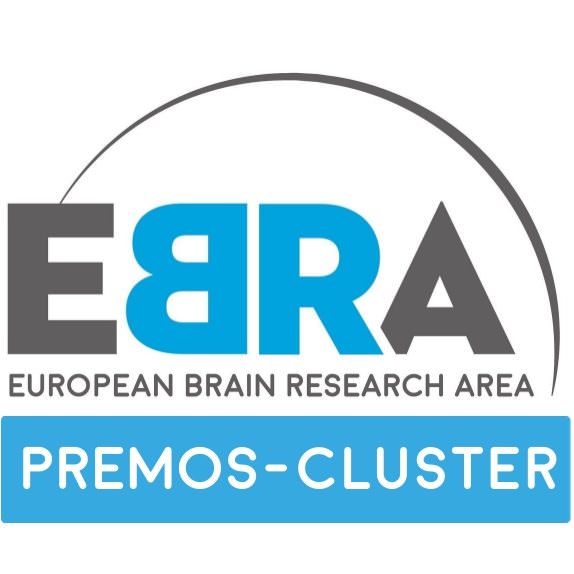The European Union and its member states have been investing in research to better understand the human brain and its disorders for many years. In 2018, the EU has launched the European Brain Research Area (EBRA) project – a catalysing platform designed to coordinate brain research in Europe and to develop and support global initiatives in this area.
In February 2021 EBRA introduced a new cluster activity called PREMOS to complement its efforts. PREMOS provides researchers with a powerful additional tool: animal (mostly mouse) models to serve as predictive modeling systems for disease areas including neurodevelopmental and neurodegenerative disorders, for example Alzheimer’s or Huntington’s disease. Leading neuroscientists and genetics experts from the INFRAFRONTIER Research Infrastructure will join forces with two other consortia in PREMOS to enhance the translational value of animal models. Their aim is to define the main challenges in using model organisms in basic brain research, to develop ideas for new solutions, and to identify the resources and stakeholders needed to accomplish this goal.

